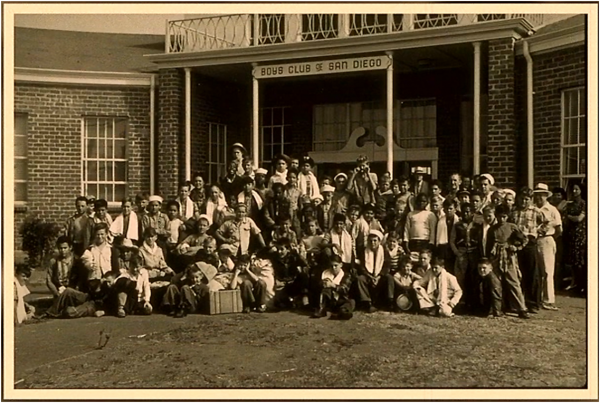A (very) few people of color snuck into Tom Brokaw’s bestseller, The Greatest Generation. Amid the myriad pages devoted to George Bush, Julia Child, Art Buchwald and other white notables are a handful of Asian, black, Hispanic and Native Americans who tiptoed into his hall of greats. I envision the author scouring historical documents in search of minorities he considered worthy of inclusion, heartily checking off a box (aha – Daniel Inouye – Japanese-American – check!) with each discovery.
In cherry-picking subjects, Brokaw went with the mainstream grain equating worth with whites. Non-Caucasian luminaries have often been portrayed as anomalies identified by (and condescendingly deemed a credit to) their race: a Latino war hero; a black architect.
By contrast, seven decades ago, a junior high school principal in a harshly and highly segregated San Diego marshaled civic leaders to go against the grain and establish the Boys Club of San Diego – the first in the county and oldest in Southern California. The Club shone as a beacon of convivial integration. Humble and homey, with warm and welcoming staff, the red-brick building that opened in 1942 has stood the test of time, as have its illustrious alumni.
Derided as uneducable throwaways who wouldn’t amount to anything, these youth of many colors and cultures were united by poverty and society’s marginalization of them. Refusing to be defined by their environment or ethnicity, they greatly exceeded expectations, breaking color barriers in numerous fields. Alumni include a San Diego Fire Chief, City Manager and Police officials; respected educators, including a California Teacher of the Year; sports legends; federal judges; and thousands of kids who grew up to become good citizens, caring parents and productive members of society.
I am honored to have authored AGAINST THE GRAIN. In this signature book, we highlight a great generation of Boys Club members who are a credit to the race we all share: the human race.








Leave A Comment